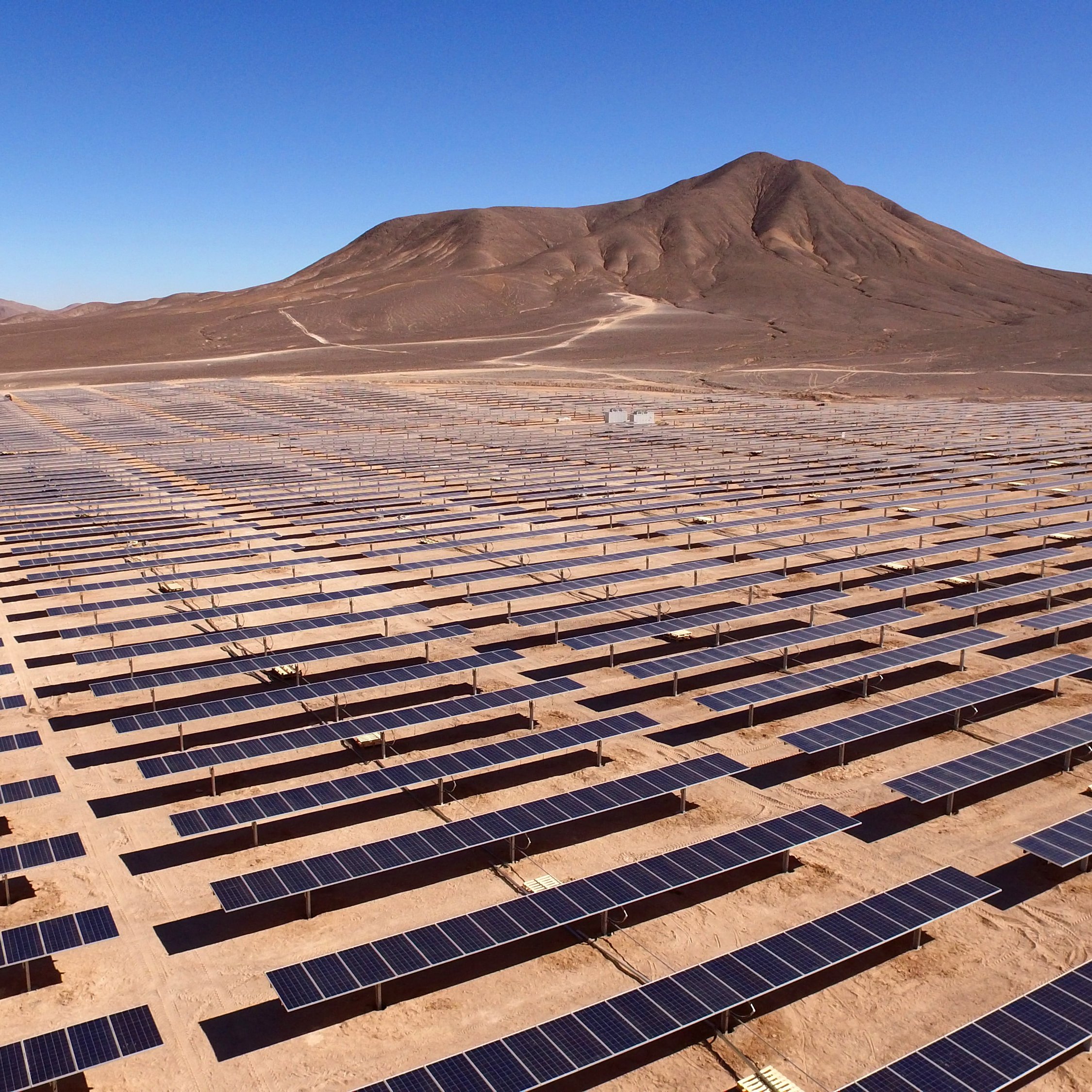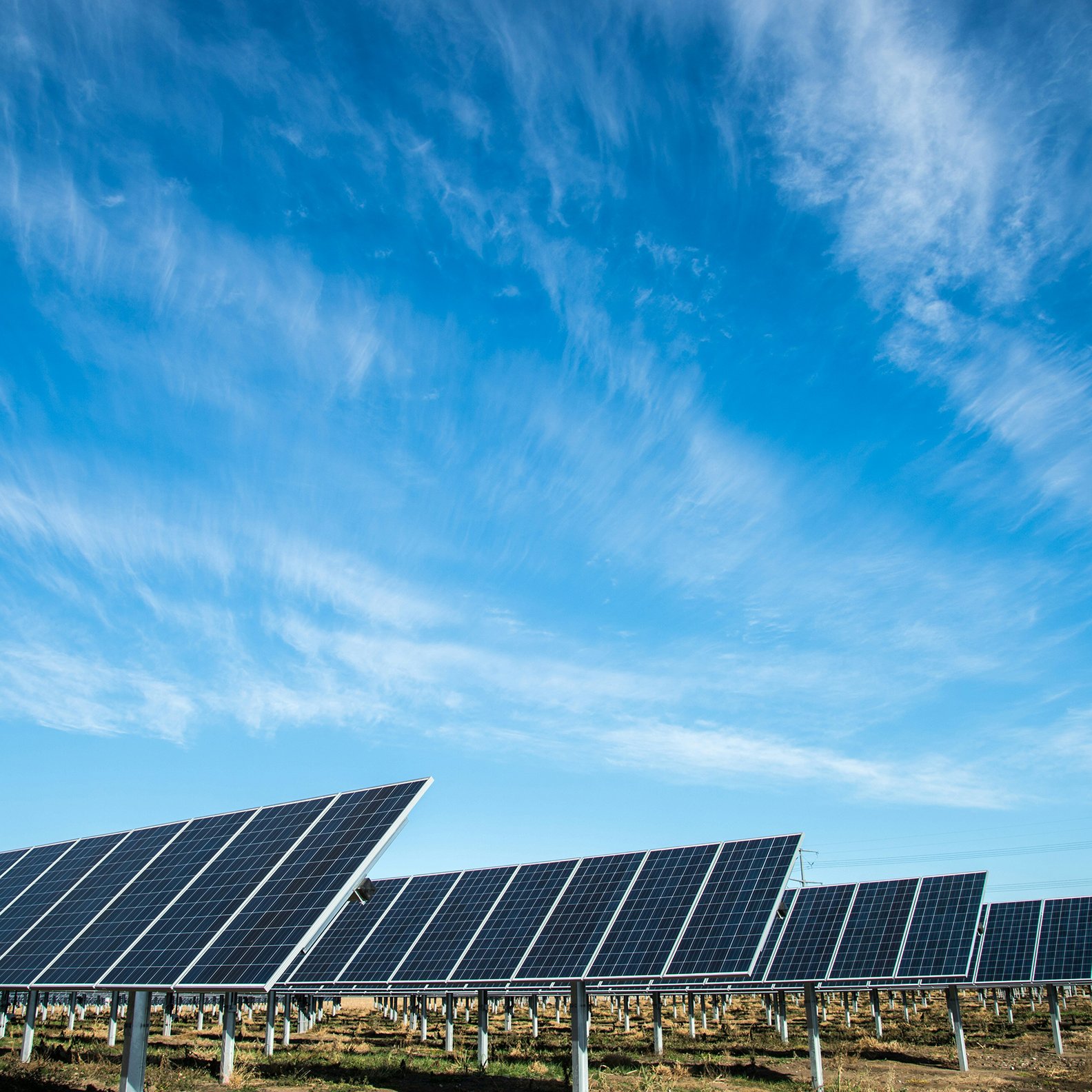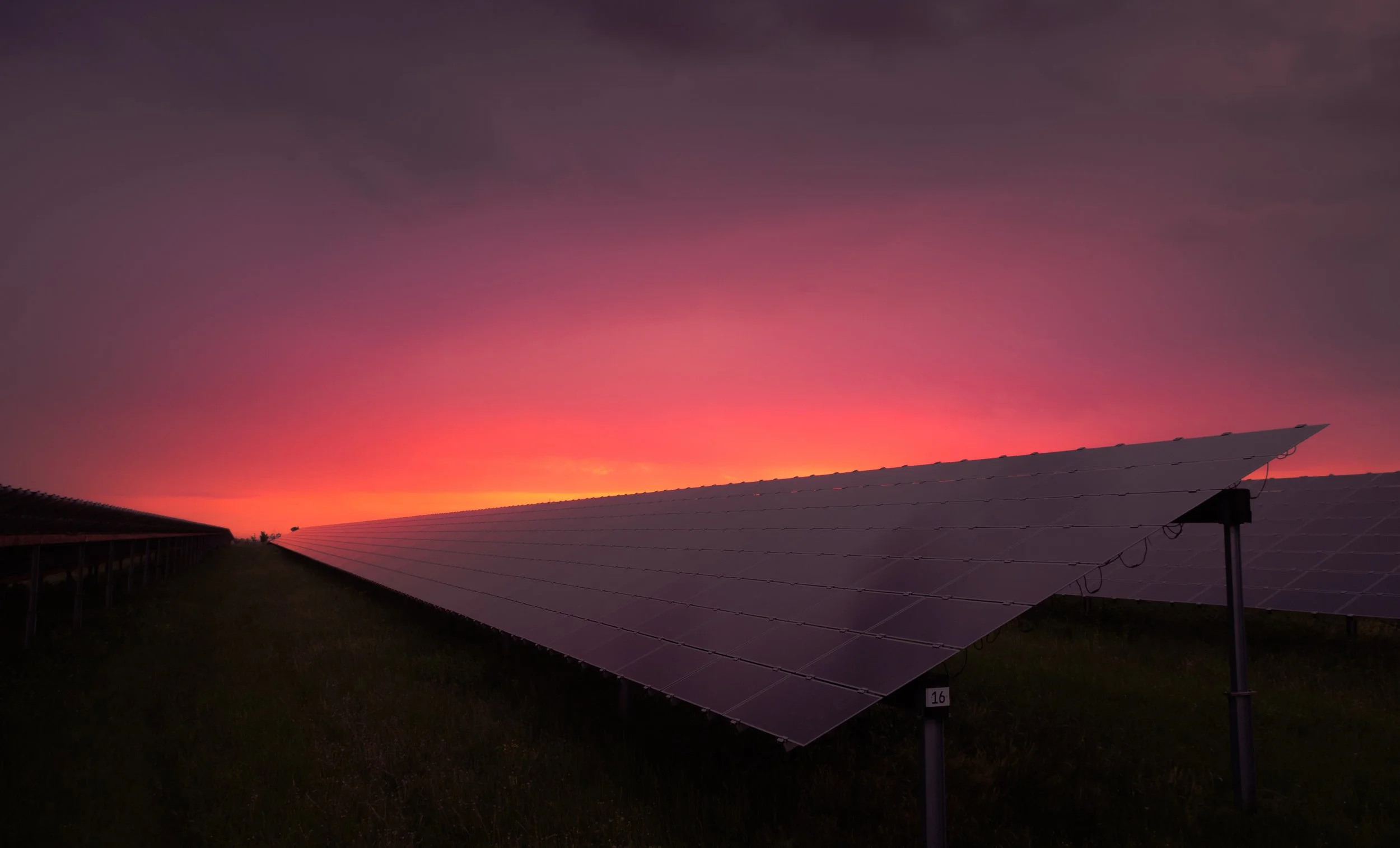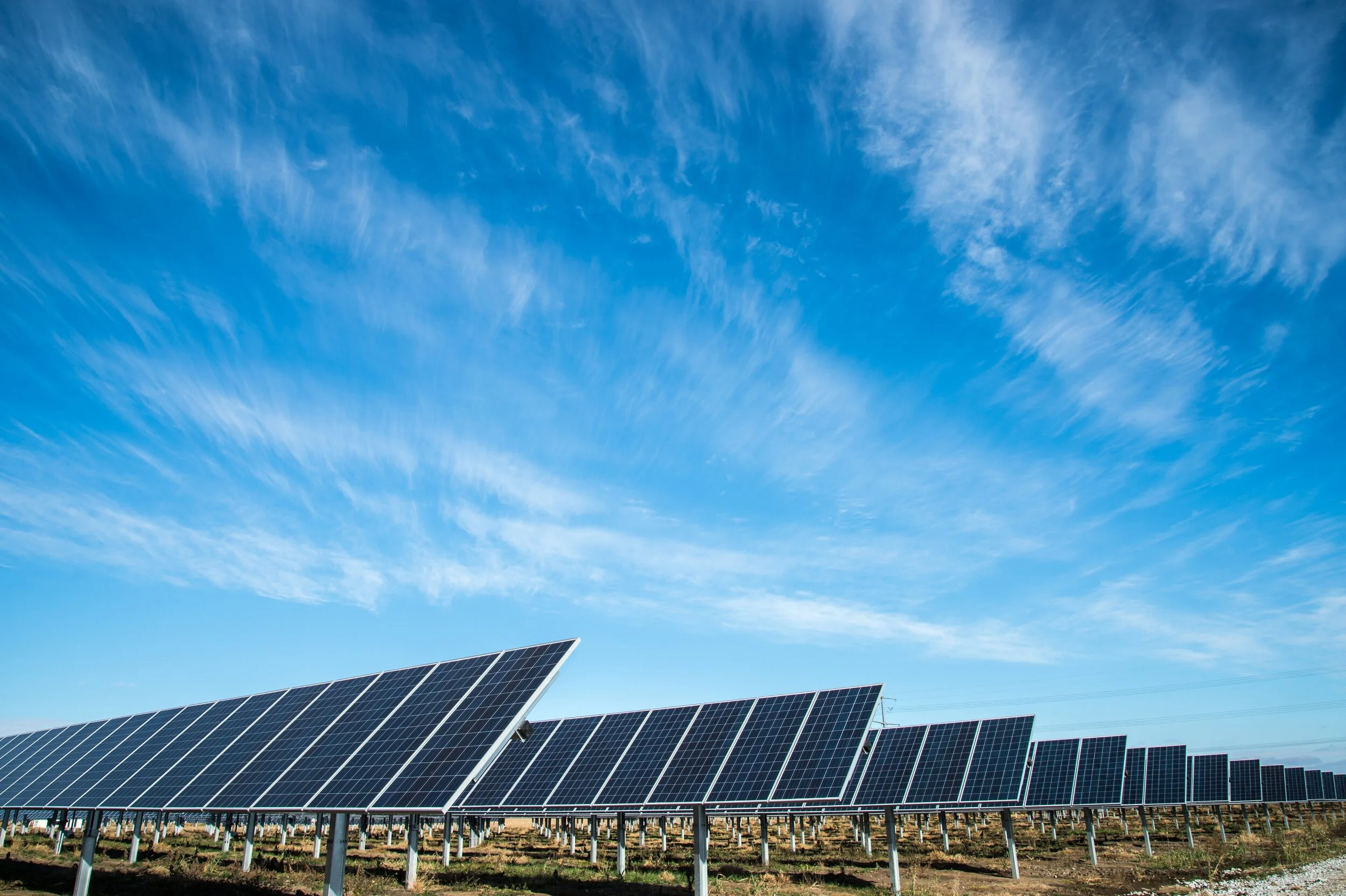Leveraging Environmental Compliance Inspection for Renewable Energy Development
/In the dynamic landscape of renewable energy, the development of utility-scale solar and wind power plants plays a crucial role in transitioning towards a sustainable future. Regulatory compliance is a key aspect of these projects, with permits required for various stages of development. Engaging a third-party environmental compliance inspector for permit-required inspections offers a range of advantages, ensuring not only adherence to regulations but also promoting efficiency, transparency, and long-term project success.
Why are renewable energy projects more challenging to inspect?
When comparing renewable energy development projects to highway construction projects, for example, one of the clearest differentiators is the sheer open disturbance area in a renewable project. KERAMIDA’s renewable energy development projects have spanned as many as 4000 acres, whereas the typical suburban construction project averages 10-20 acres of disturbance. Completing thorough environmental compliance inspections on such a vast site can be difficult, especially when considering that a renewable energy development site’s terrain is typically varied, and often includes areas that are hard to access. Despite the addition of drones in inspection work, the majority of environmental inspection work is done on foot, so the ability to traverse a site is a major consideration.
Another aspect of renewable energy development projects that makes it more difficult to meet environmental compliance is the number of parties involved – from local, state, and federal regulatory entities to several teams of subcontractors making daily repairs. In comparison, a typical gas pipeline installation project would only involve the regulatory body, the utility company, and a single contractor. When you have numerous entities participating in a development project, coordinating environmental compliance inspections and implementing the recommended solutions becomes a much more difficult task since the communication is diluted between multiple parties.
What benefits does third-party environmental inspection offer?
Expertise and Specialization
Environmental compliance inspectors bring specialized knowledge and expertise to the table. Navigating the intricate web of environmental regulations and permit requirements demands a thorough understanding of the complexities involved. Professionals in this field are well-versed in the nuances of local, state, and federal regulations, enabling them to conduct comprehensive inspections and assessments.
Impartiality and Objectivity
One of the primary advantages of employing a third-party inspector is the impartiality they bring to the evaluation process. External inspectors are not influenced by internal project dynamics or organizational pressures, ensuring an unbiased assessment of compliance. This objectivity is critical for identifying potential issues or areas of improvement without any conflict of interest.
Comprehensive and Rigorous Assessments
Experienced inspectors are equipped to conduct thorough and rigorous assessments, leaving no stone unturned in ensuring environmental compliance. From land use and water management to wildlife conservation and waste disposal, these inspectors are trained to scrutinize every aspect of a utility-scale solar & wind power plant's environmental impact. This comprehensive approach helps to identify and rectify any potential issues proactively.
Cost-Effective Solutions
While some might perceive third-party inspections as an additional expense, these inspections often prove to be a cost-effective solution in the long run. Early identification of non-compliance issues can prevent costly fines, legal disputes, and project delays. Additionally, the expertise provided by seasoned third-party inspectors can streamline processes, optimizing resource utilization and minimizing the risk of expensive retrofits.
Risk Mitigation
Renewable energy power plant developments involve inherent risks associated with environmental compliance. Engaging a third-party inspector acts as a risk mitigation strategy, providing project stakeholders with assurance that the development aligns with regulatory standards. This not only safeguards the project's reputation but also minimizes the potential for legal challenges and regulatory hurdles.
Enhanced Stakeholder Confidence
Demonstrating a commitment to environmental compliance through third-party inspections enhances stakeholder confidence. Investors, regulators, and the local community are more likely to support a project that prioritizes environmental responsibility. Clear documentation of compliance efforts provided by external inspectors can serve as an asset in building trust and credibility.
What has saved our renewable energy clients the most money?
KERAMIDA has provided third-party environmental inspections on many renewable energy development projects. In that time, we have seen various events showcasing what works and what doesn’t. Our inspectors use the knowledge gained from witnessing these events to help our clients reasonably predict what will happen if an issue isn’t repaired before a significant rain event occurs.
Our team has helped our renewable energy clients save hundreds of thousands of dollars by alerting them to minor issues and showing them the possible ramifications if a small problem isn’t fixed before it becomes a bigger problem. We have also helped many developers come up with creative solutions when situations arise that limit the repairs that can be made, for example not having a safe or logistical way to access an area with heavy equipment and relying on solutions that can only be provided by hand tools.
Alternatively, we have been able to assist our clients in claiming force majeure through constant documentation of features and weather patterns on project sites. For example, KERAMIDA recently assisted a renewable energy client by documenting the state of a vulnerable sediment basin that could not be accessed with heavy machinery prior to a heavy rain event. Photos were taken from several angles of the sediment basin hours before the rain event was predicted to begin. After a historic amount of rainfall, our inspectors returned to the location and took photographs at the exact same locations and angles. Ultimately, we were able to help our client prove that all the damage was due to a singular event and meeting the contract’s definition of force majeure.
Conclusion
In the realm of utility-scale renewable energy power plant development, the advantages of employing third-party environmental compliance inspectors are evident. As the renewable energy sector continues to grow, leveraging external expertise in environmental compliance becomes an essential component of responsible and forward-thinking project management.
KERAMIDA’s experienced environmental inspectors are ready to assist renewable energy development projects with compliance inspections throughout the U.S. Please contact us or call (800) 508-8034 to speak with one of our compliance experts today.
Author
Ty Giddens, CESSWI
Vice President, Mid-Atlantic Operations
KERAMIDA Inc.
Contact Ty at tgiddens@keramida.com
Related Services
As an experienced partner to the Solar Power Industry, KERAMIDA provides pre-planning and construction services for major solar power development projects. Our experienced environmental inspectors are available for on-site environmental inspections of solar development sites throughout the U.S. We are a WBENC-Certified Woman-Owned Company.















